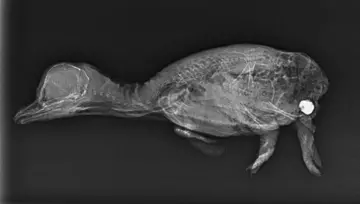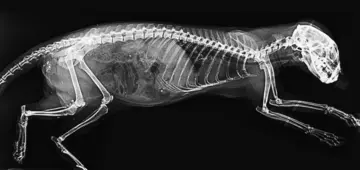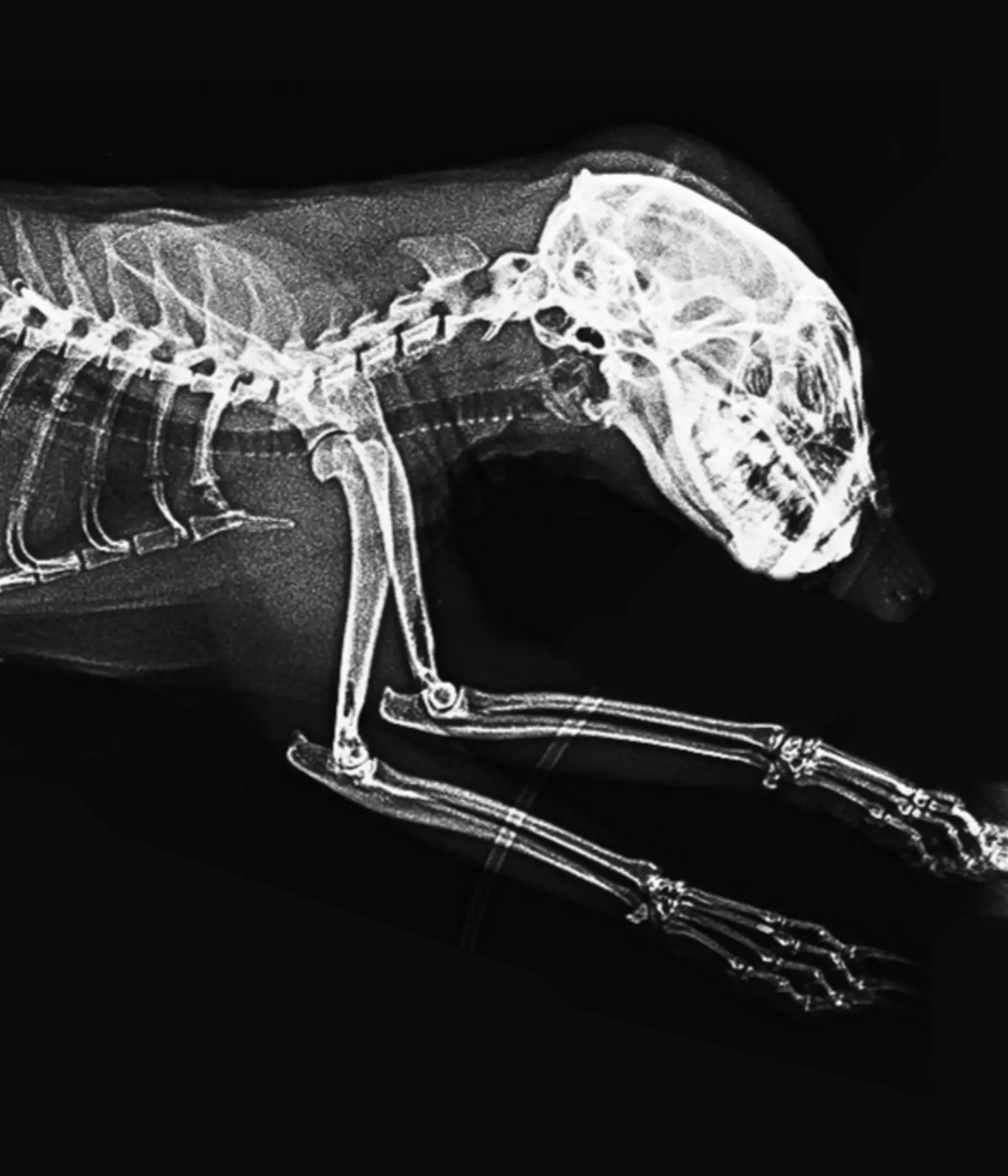
London Zoo shares incredible archive x-ray images of turtles, penguins and rattlesnakes.
London Zoo’s veterinary team have dug into their archives to share a new series of amazing x-ray images - taken while caring for the conservation zoo’s 14,000 animals.

The striking images, shared ahead of the zoo’s half-term visitor event, Vets in Action (Saturday 11 – Sunday 19 February), show the sheer variety of work undertaken by the expert team over the past decade; from caring for Critically Endangered big-headed turtles and mountain chicken frogs to pygmy slow loris and Humboldt penguin chicks, the images reveal how their patients range far beyond the usual cats and dogs.
Sophie Sparrow, Senior Veterinary Nurse at London Zoo, said “X-rays are a vital part of the care we provide our animals at London Zoo – helping us to diagnose or pre-empt any issues they may face, so we can ensure everyone remains in tip-top condition.
“Many of the species in our care are threatened in the wild and are part of important global breeding programmes. This means we have far less medical information about them in existence than we do for domestic animals, so we share vital information from x-rays such as these with vets and conservationists around the world, helping to improve animal and veterinary care globally.”

London Zoo’s pioneering veterinary team have been integral to the iconic zoo’s science-led conservation work since the on-site clinic officially opened in 1955; the team works with zookeepers to carry out regular health checks on all London Zoo’s animals, helping to protect almost 400 species, from Critically Endangered Western lowland gorillas, to Sumatran tigers.
“A trip to the vet is a little more complicated for a lion than it is for a housecat, so we work with zookeepers to make any treatment needed as simple as possible for the animals – for example, keepers build training for healthcare into the animals’ daily routines,” Sophie explained.
“So when they need to have simple procedures, such as a blood test, animals like Bhanu, our Asiatic lion, are happy to simply offer up their tail for a blood draw, instead of having a general anaesthetic.”

The fascinating images have been shared ahead of the conservation zoo’s award-winning Vets in Action event (Saturday 11 – Sunday 19 February), where kids can join the vet team at London Zoo for a packed week of immersive family activities celebrating their incredible work.
“A lot of our team’s work takes place behind the scenes, so we’re excited to be able to share our work and inspire the next generation of vets and vet nurses with our half-term event, Vets in Action – where families can enjoy a great day out and kids can practise important veterinary skills with the help of a few soft toy friends.”
